

 |

|
 | Sophia Loren is a motion picture and stage, Academy Awards-winning actress, widely considered to be the most popular Italian performer.
Sophia Loren was born Sofia Villani Scicolone in Rome, to engineer Riccardo Scicolone and aspiring actress , and piano teacher, Romilda Villani. Loren grew up impoverished in wartime Pozzuoli, near Naples sharing a small flat with her sister Maria, her grandparents and her uncles and aunts. She has said on many occasions that being born into and living with extreme poverty for most of her childhood gave her a strength of character that allowed her to succeed and appreciate every moment she has been given as a human being. Up until Sophia Loren was about 14, she was considered an ugly duckling. Seemingly overnight, she bloomed into a beautiful woman. In 1949, at age 15, Loren left for Rome and a about a year later began her film career with bit parts in mostly minor Italian films. In 1951, Loren and her mother worked as extras in Quo Vadis, which was filmed in Rome and provided Loren with an early brush with Hollywood. She also appeared as Aida in Aida , in which the singing of Loren's role was dubbed by opera star Renata Tebaldi which caught the eye of Cecil B. DeMille who once said of Loren that 'You could build mountains around that girl.' Loren also supported her mother and sister by working as a model in the weekly illustrated romantic stories, called fumetti or fotoromanzi under the name, Sofia Villani or Sofia Lazzaro. She also took part in regional beauty contests, where she won several prizes. Loren was discovered by her future husband, the much older film producer Carlo Ponti, and they married on September 17, 1957, three days before her 23rd birthday. Their first marriage had to be annulled to keep Ponti from being charged with bigamy, and they remarried on April 9, 1966 but only after Sophia, Ponti and Ponti's first wife all obtained French citizenship thus enabling Carlo to divorce his first wife and subsequently marry Sophia without any Catholic divorce laws looming over them. They would have two sons together, Carlo Ponti, Jr., and Edoardo Ponti. Eventually Sofia Scicolone changed her name to Sophia Loren and appeared in film roles that emphasized her voluptuous physique, even appearing topless in the films Two Nights with Cleopatra and It's Him, Yes! Yes! . These early films were the only times she would appear nude stating that she did not feel comfortable exposed to the camera as her nude state represented 'a lot of nakedness.' Loren's acting career took off upon meeting Vittorio De Sica and Marcello Mastroianni in 1954. Many feel that her collaborations with De Sica would mark her finest work as an actress. By the late 1950s, Loren's star began to rise in Hollywood, with films such as 1957's Boy on a Dolphin and The Pride and the Passion. In the latter film she co-starred with Frank Sinatra and Cary Grant. Cary Grant fell so deeply in love with Sophia that he ardently proposed marriage despite her obvious loyalty to Carlo Ponti and Grant's own union with actress and writer Betsy Drake. It is clear that Loren also fell in love but how serious their relationship was is still known only to them. Their romance is considered to be one of the most elusive romantic interludes by both Hollywood stargazers and celebrity biographers alike. Loren became an international film star with a five-picture contract with Paramount Studios. Among her films at this time: Desire Under the Elms with Anthony Perkins, based upon the Eugene O'Neill play; Houseboat, a romantic comedy co-starring Cary Grant; and George Cukor's Heller in Pink Tights in which she appeared with blonde hair for the first time. Loren demonstrated considerable dramatic skills and gained respect as a dramatic and comedic actress, especially in Italian projects where she more freely expressed herself, although she gained great profiency in the English language. In 1960, her acclaimed performance in Vittorio De Sica's Two Women, earned many awards including the Cannes, Venice and Berlin Film Festivals' best performance prizes. Her performance was also awarded an Academy Award for Best Actress, the first major Academy Award for a non-English language performance. Belying the typical portrayal of the beautiful actress as vacuous and emptyheaded, Loren was known for her sharp wit and insight. One of her most frequently-quoted sayings is her quip on her famous figure, "Everything you see, I owe to spaghetti." During the 1960s Loren was one of the most popular actresses in the world, and continued to make films in both the U.S. and Europe, acting with the leading male stars. In 1964, her career came full circle when she received $1 million to act in The Fall of the Roman Empire. Among her best-known films of this period are The Millionairess with Peter Sellers, Vittorio De Sica’s triptych Ieri, oggi, domani with Marcello Mastroianni, Peter Ustinov's Lady L with Paul Newman, and Charlie Chaplin's final film, A Countess from Hong Kong with Marlon Brando. Despite the failure of many of her films to generate sales at the box office she has an impressive roster of beautifully photographed films, replete with famous co-stars, in which she invariably turns in a charming performance and wears some of the most lavish costumes ever created for the movies. These films include A Breath of Scandal , Madame Sans-Gêne , Heller In Pink Tights and More Than A Miracle . She also recorded well over two dozen songs throughout her career including a best-selling album of comedic songs with Peter Sellers and reportedly had to fend off his romantic advances. It was partly due to Sellers' extreme infatuation with Loren that he split with his first wife Anne Howe. Loren has made it clear to numerous biographers that Selller's affections were only reciprocated platonically. Her struggles to have children were of worldwide interest. After suffering two very physically and emotionally painful public miscarriages, she was referred to Swiss fertility specialist Dr. Huebert de Watteville. He determined that Loren was deficent in estrogen and after perscribing regular injections of the hormone and bed rest for her entire term, Sophia became a mother. She has proudly stated that being a mother meant more to her than anything else she had accomplished in her life. After becoming a mother of two sons her career slowed down and Loren moved into her 40s and 50s with roles in films including the last De Sica movie, The Voyage, with Richard Burton and Ettore Scola's A Special Day with Mastroianni. In 1980, she portrayed herself, as well as her mother, in a made-for-television biopic adaptation of her autobiography. Actresses, Ritza Brown and Chiara Ferrari played Loren at younger ages. She made headlines in 1982 when she served an 18-day prison sentence in Italy on tax evasion charges, a fact that didn't damage her career or popularity. In her 60s, Loren became selective in choosing her films and ventured into various areas of business including cook books, eyewear, jewellery and perfume. She also made well-received appearances in Robert Altman's Ready to Wear and the 1995 comedy Grumpier Old Men playing a femme fatale opposite Walter Matthau and Jack Lemmon. In 1991, Loren received an honorary Academy Award for her contribution to world cinema and was declared "one of the world cinema's treasures". Full name: Sophia LorenBorn: September 20, 1934Birthplace: Rome, Italy |









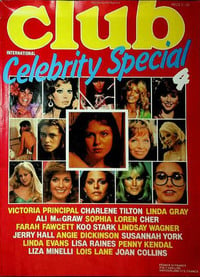


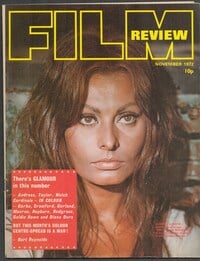
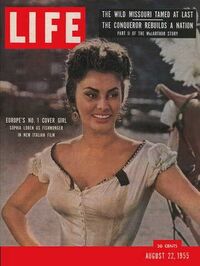
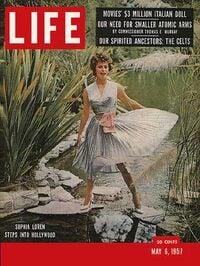
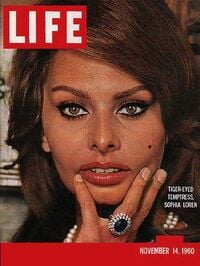
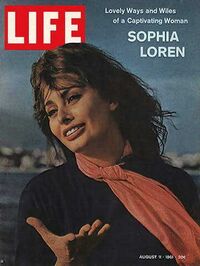
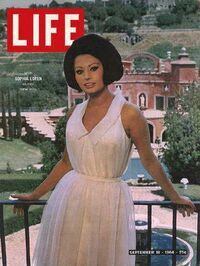
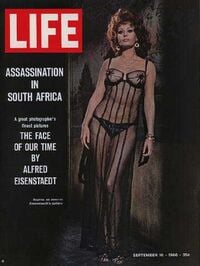


























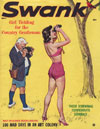







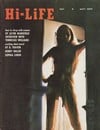











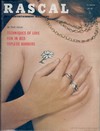




Login|Complaints|Blog|Games|Digital Media|Souls|Obituary|Contact Us|FAQ
CAN'T FIND WHAT YOU'RE LOOKING FOR? CLICK HERE!!! | |||